Projects
This is an ongoing project of self-study/improvement where I create notebooks/markdowns of the techniques I’m learning. The initial idea is to have a cheat-sheet with notes for my own reference.
Code created for the papers are listed at the end of this page.
Study/Portifolio
- Survival Analysis: [Jupyter
Notebook] [GitHub]
- Language: Python
- Library: LifeLines
- Methods: Kaplan-Meier, Weibull, Exponential, LogNormal
- Evaluation of covariates: Weibull and Cox Proportional Hazards models.
- Bee Images Classification: [Jupyter
Notebook] [GitHub]
- Language: Python
- Features: HOG and Color pixel intensities (vector size of 31296 elements)
- Feature transform: PCA (the best number of components was analyzed)
- Classifier: SVM (linear kernel, binary classification)
- Evaluation: Accuracy, ROC curve and AUC ROC
Papers
For a complete list of publications check my Google Scholar.
Sensitivity Analysis of Stroke Predictors Using Structural Equation Modeling and Bayesian Networks
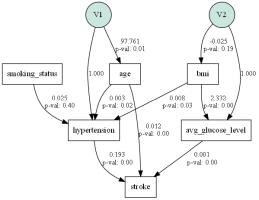
- Conference: 2022 IEEE Conf. on Computational Intelligence in Bioinformatics and Computational Biology (CIBCB)
- Code: Jupyter Notebook
- DOI: CIBCB55180.2022.9863028
Decision Support for Infection Outbreak Analysis: the case of the Diamond Princess cruise ship
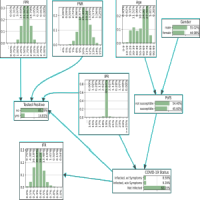
- Conference: 2021 IEEE Symp. Series on Computational Intelligence (SSCI)
- Code: Jupyter Notebook
- DOI: SSCI50451.2021.9660140
A cross-cutting approach for tracking architectural distortion locii on digital breast tomosynthesis slices
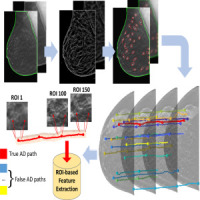
- Journal: Biomedical Signal Processing and Control
- DOI: 10.1016/j.bspc.2019.01.001
Exploratory learning with convolutional autoencoder for discrimination of architectural distortion in digital mammography
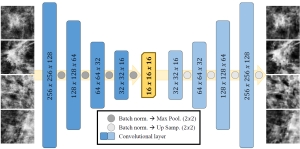
- Conference: SPIE Medical Imaging 2019: Computer-Aided Diagnosis
- DOI: 10.1117/12.2513021
Reduction of false-positives in a CAD scheme for automated detection of architectural distortion in digital mammography
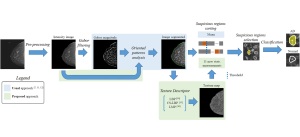
- Conference: SPIE Medical Imaging 2018: Computer-Aided Diagnosis
- DOI: 10.1117/12.2293388
Validation of no-reference image quality index for the assessment of digital mammographic images
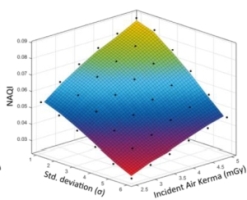
- Conference: SPIE Medical Imaging 2016: Image Perception, Observer Performance, and Technology Assessment
- DOI: 10.1117/12.2217229
Use of Wavelet Multiresolution Analysis to Reduce Radiation Dose in Digital Mammography
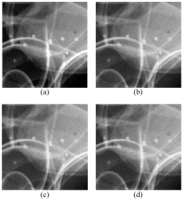
- Conference: 2015 IEEE 28th Intl Symp. on Computer-Based Medical Systems
- Code: Matlab
- DOI: 10.1109/CBMS.2015.35
Feasibility study of dose reduction in digital breast tomosynthesis using non-local denoising algorithms
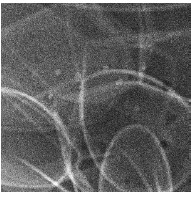
- Conference: SPIE Medical Imaging 2015: Physics of Medical Imaging
- DOI: 10.1117/12.2082398
© Helder C. R. Oliveira | Website made with Pandoc and R Markdown